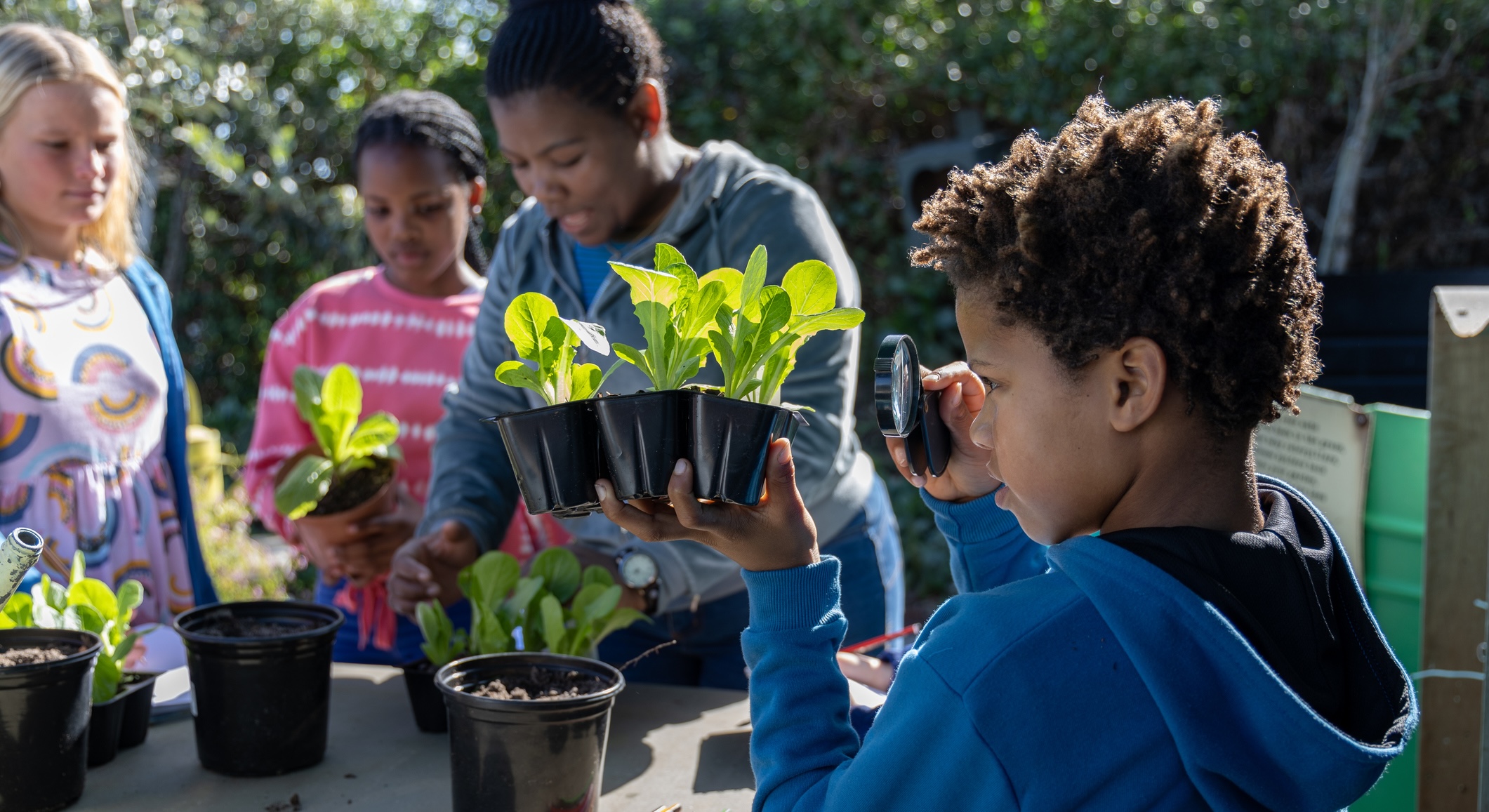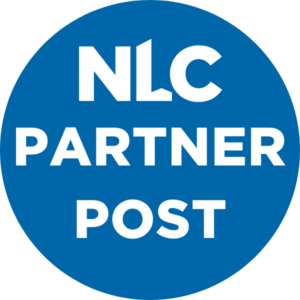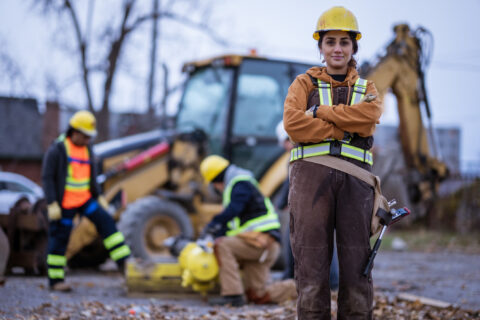Small cities across the country are facing big challenges, improving public health, revitalizing neighborhoods, mitigating climate risks and fostering stronger, more connected communities. With limited budgets and staff, these priorities can seem like they are competing with one another. But what if they don’t?
Many cities have discovered that nature-based solutions, such as providing stormwater-absorbing green spaces that increase access to nature for children, can address multiple priorities at once. Improving access to nature supports children’s mental and physical health, reduces climate-related risks such as flooding and heat and provides high-quality places for residents to connect, ultimately helping to restore communities. In other words, the same solution can move several goals forward.
The Nature Everywhere Communities initiative of NLC, C&NN and KABOOM! includes several examples of leaders in small cities pursuing the manifold benefits of providing and activating green spaces. These provide some of the latest examples of bringing about systems change, defined as taking steps to remove obstacles that hold a problem in place. So, how can small cities, often stretched thin, get started?
The first step is understanding that community health, environmental resilience, neighborhood development and children’s well-being are deeply connected. When we silo these goals, we make progress harder. But when we connect them, we can do more with what we already have.
That’s what Batesville, Arkansas Mayor Rick Elumbaugh realized in his own community:
“The way I see it, just because Batesville is a small city does not mean we can’t accomplish big things. We can take lessons from big cities and apply them to our city. That’s what we’ve done. I encourage other cities, regardless of your size, to think big.”.”
This kind of thinking enables city leaders to see the bigger picture and develop more sustainable, community-driven solutions.
Often referred to as a systems approach, this means examining the conditions that perpetuate a problem and modifying them. That could include:
- Policies and Practices: What rules, funding streams, or procedures need to evolve?
- Relationships and Decision-Making Power: Who’s at the table? Who’s missing?
- Attitudes and Beliefs: Are there assumptions about what’s possible or who benefits?
By tackling these areas, small cities can design solutions that last and that serve more people in more ways.
The goal isn’t just to add more green space. It’s to ensure that community needs are being met, whether that means mental and physical health and wellbeing, stormwater management, heat or drought resistance and more.
But what does this look like in practice? Here are examples of small cities that are part of the Nature Everywhere Communities initiative, showing how local leadership and systems thinking can drive big impact:
Rocky Ford, CO (population 3,900)
Rocky Ford recently finalized a vision to create “joyful, inclusive and thriving spaces where all generations have the opportunity to engage in an enriching experience through nature and play” by 2030. The city’s small size enables close collaboration, as city leadership is deeply involved in expanding children’s access to nature. The City Manager leads the Nature Everywhere team, joined by a City Council member and School Board member. Both the Mayor and the Superintendent have committed to including children and nature strategies in their strategic plans. This support has helped redirect resources, including funding a new city staff position to lead the effort.
Emeryville, CA (population 13,000)
In Emeryville, the Nature Everywhere team is working to embed child-friendly natural areas into parks, bayfront spaces and early childhood centers. Their native urban greening plan supports environmental and community health while promoting equitable access to nature. The City and School District aim to shift policies, practices and power dynamics to achieve these goals. Emeryville’s Vice Mayor is championing the effort, supporting community organizations and advancing a Children’s Outdoor Bill of Rights to lay the groundwork for future nature-based solutions for youth development.
Kingston, NY (population 24,000)
Kingston’s Nature Everywhere team envisions a city where “all Kingston youth have a meaningful connection to nature.” They are focused on greening schoolyards and creating nature play areas, while developing a Children’s Outdoor Bill of Rights (COBOR) to guide future policies and funding. Recognizing the need for deep community engagement, the team has held listening sessions with community partners, families and youth, and conducted surveys to align efforts with local priorities. They are also investing in youth leadership development as part of their long-term strategy.
Faribault, MN (population 24,500)
Faribault’s Nature Everywhere strategy aims to promote physical activity, mental health, creativity and appreciation for nature. The team is working to enhance public spaces with natural elements and is intentionally shifting who has a voice in decision-making. Somali youth are playing an active role in shaping policies and programs, including the development of a Children’s Outdoor Bill of Rights (COBOR). The process has involved youth-serving organizations and community members to ensure the COBOR reflects local values and needs.
Groton, CT (population 38,500)
The GO (Get Outdoors) Groton Partnership is planning to bring nature exploration areas to school grounds to increase access and reduce cost barriers. Community engagement has been central: the team met with high school students to better understand access challenges — many cited cost as a barrier. In response, Groton hired a youth leader and two interns to co-create a youth engagement strategy. The team is also developing a Children’s Outdoor Bill of Rights aimed at shifting policies and resource flows to support long-term access to nature.
Even if your city is small or your resources are limited, you can create meaningful, lasting change. When you take time to understand the systems at play and intentionally connect the dots across priorities, you can maximize your resources and multiply your impact.
Start by asking:
- What kind of change do we want to see?
- What’s standing in our way?
- Who can we bring together to change it?
You don’t have to do everything at once. But with a systems approach and a clear commitment to equity, nature and community voice, you can accomplish big things.
Take the Nature Everywhere Community Action Challenge
Nature Everywhere Communities builds on what we’ve learned from the Cities Connecting Children to Nature initiative, through which municipal leaders have been advancing equitable access to nature since 2014. Nature Everywhere Communities is an expansion of this work, recognizing that we need leaders from city government, education, nonprofits, philanthropy, community organizations and the private sector to drive systems-level change.










